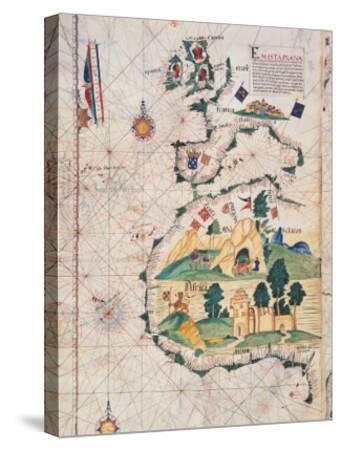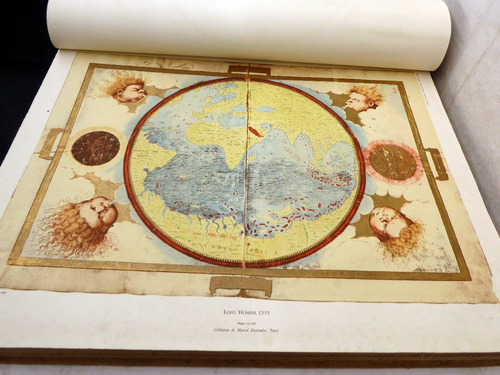
In the last chapter the findings from the previous two chapters will be compared to the theoretical framework as described in chapter two. Subsequently, in chapter four, different construction phases within the fort will be distinguished based on historical sources. In chapter three the São Sebastião fort in its current state will be described as a starting point for the further analyses. Mostly based on modern literature, the development and spread of the new bastioned defence system will be discussed here. The second chapter describes the improvements of military architecture during the renaissance. Furthermore, defence architecture built on the island before the São Sebastião fortress was built will be mentioned. Here the role Mozambique Island played in the Portuguese sphere of influence is briefly discussed. The first chapter will provide an historical context of the São Sebastião fort. The structure of this thesis is as follows. The focus of this study will be on fortification outlines and the logic behind these forms. By critically analysing this extraordinary fortification, it is hoped that insights are gained which are also more generally applicable.


From there on, it can be investigated in what theories this design is embedded and where these ideas originate from. Before this question can be answered, the different construction phases and the logic behind this will have to become clear. It will be tried to determine what approach to military architecture has led to its initial design and the applied modifications. Within this case study the main aim is to gain a better understanding of this fortification. Because of the unusual shape of its outline, the São Sebastião fortress at Mozambique Island forms an interesting example. This research focuses on a fort where aspects of its design are not built in agreement with the principals of renaissance military architecture as these are defined in most modern day literature. This hypothesis will be tested in a case study. The assumption made in this study is that more variation has existed within renaissance military theories, than is commonly acknowledged. Such an outlook makes it difficult to explain fortification forms which do not comply with what is considered to be the standard. As will be discussed within this research, this has led to studies in which absolute consensus on the principals of renaissance military architecture has been implied. The image of a homogeneous style which has been universally applied could, however, lead to oversimplification. As historian John Hale has noted: ‘the application of the angle bastion to forts and town walls led to a homogeneity of style wherever the Europeans settled overseas.’ ‘The international style par excellance of the renaissance was that of military architecture.’ 1 Indeed, such defences can be found in places as far apart as Malacca, Recife, Cape Town and Havana. The most prominent invention of renaissance military architecture has undoubtedly been the angle bastion. These two very different evolvements eventually resulted in the establishment of European fortifications along many far away shores, following new insights in the field of military engineering.

Contemporaneously, within Europe, fortification architecture was in a phase of intensive development. At the end of the fifteenth century Portuguese voyages had reached out to all continents of the earth.


 0 kommentar(er)
0 kommentar(er)
